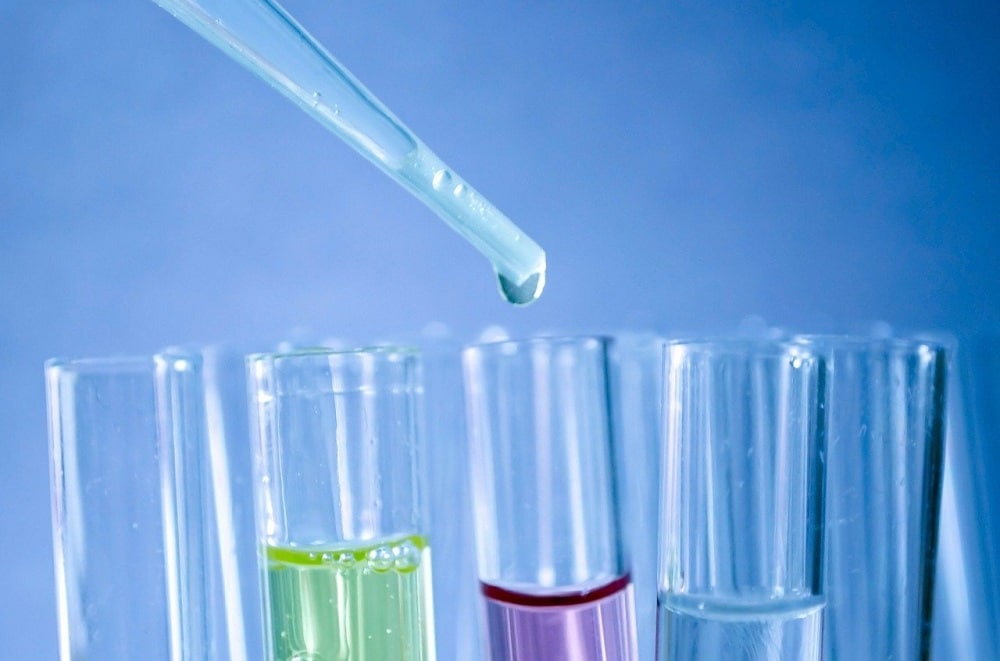As an acute-phase reactant, C Reactive Protein (CRP) has a positive correlation with heart diseases. It adversely affects monocytes, a type of leukocyte, alongside endothelial tissues that are present in the lining of the heart and blood vessels. The inflammation leads to atherogenesis, the collection of fatty substances in the arteries. As a result, it serves as a biomarker of cardiovascular diseases.
This blog will focus on 12 hidden causes that result in high results of a C Reactive Protein Test:-
- Irregular Sleep Patterns: Numerous studies draw an association between CRP concentration and excessive or inadequate sleep, along with erratic napping. Some of the reveals are:-
- Sleep deprivation raises CRP levels in the bloodstream.
- Even after a couple of days of fixing the sleep schedule, CRP levels can sustain post-sleep restriction.
- For people with Obstructive Sleep Apnea, and diabetes mellitus, sleeping for nine or more hours can amplify CRP levels.
- Smoking: Several studies have established that smoking habits increase the production of CRP. In line with this, the discontinuation of smoking, CRP levels eventually reduce. Several studies continue to be conducted to understand the link between smoking and CRP levels. Some of these studies are;
A 2015 study by the International Journal of Inflammation found:-
- A rise in oxidative stress, predisposing us to vascular inflammation, can be triggered by exposure to cigarette smoke.
- Former heavy smokers, who consumed 43 packs over a span of 33 years, had no significant difference in CRP levels between them and smokers.
In another study, people who never smoked had a lower CRP level than active smokers.
- Low social capital: Social status and economic factors play a significant role in regulating the CRP level. Some key findings of studies are:-
- An increase in socioeconomic status significantly reduces CRP levels.
- People with better education, high income, and low crime rate neighbourhoods have less CRP in the bloodstream.
- Gender minorities like women have more CRP in comparison to men.
- Sexual minority men have a higher level of CRP than heterosexual women do.
As one can conclude, people with low socioeconomic capital have a higher CRP level due to vulnerability to chronic stress.
- Substance Abuse:
Drug consumers and alcohol consumers, in addition to nicotine-dependent people, had high C Reactive Protein. However, CRP and alcohol consumption correlation draw a U-shaped curve on a graph. Implying, if taken in controlled amounts, alcohol can decrease the CRP levels in humans.
- Residing at a High Altitude:
High altitude places have low-pressure and low oxygen levels. Hence, they trigger hypoxia. In turn, it gives a boot to CRP levels.
- Cold atmosphere:
Temperature and CRP are inversely proportional. The statement implies that a decrease in temperature would raise the CRP levels in the bloodstream while an increase in temperature reduces the CRP level. The absolute zero point here is 0°C.
- Diet:
Studies indicate that a linear relation exists between saturated fatty acids and Trans fats and the amount of CRP in blood. Participants in some researches showed 73% higher CRP test results on average if they ate foods with Trans fats. Moreover, fats, sugar, salt, and refined flour in a diet can raise the CRP level of an individual.
- Lack of vitamins:
Numerous studies have shown evidence to prove that deficiency of some vitamins causes CRP levels in the blood to rise. These vitamins are vitamin A, vitamin K, vitamin C, and vitamin D.
- Leptin secretion:
Leptin, also referred to as the fat controller, is a hormone secreted by the fat cells. It is responsible for body weight regulation. Inflammation is caused by a high concentration of the hormone, which raises CRP levels in the blood. Interestingly, CRP production can prevent leptin from moving and reduce leptin supply to the hypothalamus. As a result, the immunity gets affected.
- High Oestrogen:
Oestrogen, a sex hormone, is responsible for the development of the reproductive system in females. It has been observed that females having their oestrogen hormone levels increased causes CRP production in the liver and blood.
- Interleukin-6 levels:
Interleukin-6 or IL-6 is another biomarker that is produced when tissue damage or inflammatory disease is triggered in the body. It is a cytokine whose production positively affects CRP production.
- Stress:
Both social and psychological stress are responsible for an elevated CRP level in the blood. Some studies indicate:
- A study among Chinese workers found disbalance in positive reinforcement intertwined with work overcommitment increased the CRP level. On the other hand, positive reinforcement showed a low level of CRP.
- People with a positive coping mechanism had low CRP levels.
There are significant aspects of our life that elevate the CRP levels in the bloodstream. Some of these aspects like diet, smoking, substance abuse, and many others lie in our control. Conversely, factors like social status, where we have no choice, are not in our control. Adopting a healthy lifestyle is crucial to avoid a high C Reactive Protein test.
